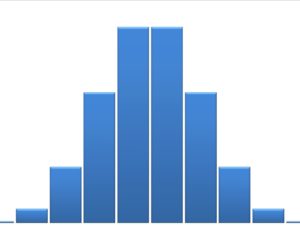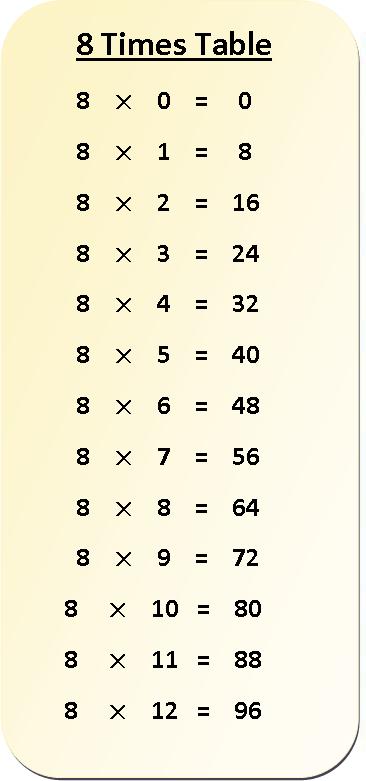If you are looking for the concept of two-digit numbers, you have landed on the correct page. This page gives you clear information about two-digit numbers,two-digit number definition, comparison of two-digit numbers, arranging 2 digit numbers in ascending order, descending order. Also, find examples of comparison of two-digit numbers so that you can solve related problems on your own.
Also, Read:
Two-Digit Numbers – Definition
Two-digit numbers have two digits. The last digit from the right-hand side represents one’s place and the other digit represents tens place. Two-digit numbers start from 10 and end with 99. Example of two-digit numbers are 10,14, 17, 19, 25, 50, 100 etc.
How do you Compare Two-Digit Numbers?
When comparing two-digit numbers we use greater than symbol(>) for greater values and less than a symbol for lesser values. When both the numbers are equal then we use equal to (=). The two other symbols used for comparison are ≥ (greater than or equal to) and ≤ (less than or equal to).
- The number which has greater valued digit at ten’s place is greater as compared to other:85 > 24, 98 > 53 , 65 > 29 ,72>33,49>14 etc.
- If the digits at ten’s place of both the numbers are equal, then the digits at one’s place of both the numbers are compared. The number which has the greater digit at one’s place is greater than the other.43>42, 65>61, 15>11,29>25,38>36 etc.consider other examples on comparison of two-digit numbers.
Comparing 2 Digit Numbers Examples
Example 1.
Compare Two-digit numbers 72, 47.
Solution:
In 72 7 is in the tens place and 2 is in one’s place.
In 47 4 is in the tens place and 7 is in one’s place.
When we compare tens place of both the numbers 7>4.So 72>47.
Example 2.
Compare two digit numbers 95, 68.
Solution:
In 95 9 is in the tens place and 5 is in one’s place.
In 68 6 is in the tens place and 8 is in one’s place.
when we compare tens place of both the numbers 9>6.So 95>68.
Example 3.
Compare two digits 65, 84.
Solution:
In 65 6 is in the tens place and 5 is in one’s place.
In 84 8 is in the tens place and 4 is in one’s place.
when we compare tens place of both the numbers 8>6.So 84>65
Example 4.
Compare two digits 69, 63.
Solution:
In 69 6 is in the tens place and 9 is in one’s place.
In 63 6 is in the tens place and 3 is in one’s place.
When we compare, tens place of both the numbers are same i.e. 6. so compare one’s digit of both the numbers. one’s digit of 69 is 9 and one’s digit of 63 is 3.
9>3.
So 69 is greater than 63.
Example 5.
Compare two digit numbers 81, 85.
Solution:
In 81 8 is in the tens place and 1 is in one’s place.
In 85 8 is in the tens place and 5 is in one’s place.
when we compare, the tens place of both the numbers is the same. Compare one’s place of both the numbers5>1. So 85 is greater than 81.
Example 6.
Compare two digit numbers 71, 78?
Solution:
In 71 7 is in the tens place and 1 is in one’s place.
In 78 7 is in the tens place and 8 is in one’s place.
when we compare, the tens place of both the numbers is the same. compare one’s place of both the numbers8>1. So 78 is greater than 71.
Two-Digit numbers are always greater than the one-digit number. Consider the following examples
15>9, 25>5, 33>6, 68>8, 18>9, 12>4 etc.
Numbers can be arranged in two ways. One is in Ascending Order and the other one is Descending Order.
Arranging 2 Digit Numbers in Ascending Order
Ascending order means to arrange numbers from smallest to largest. i.e. smaller digit numbers come first and then larger numbers.
For example Arrange the numbers 15,92,27,87,62,23,48,63,76 in ascending order.
Ascending order are 15, 23,27, 48,62, 63, 76,
Arrange the numbers 12,22,66,43,56,85,14,10,38 in ascending order.
Ascending order are 10, 12, 14, 22, 38, 43, 56, 66, 85.
Arrange the numbers 52,22,66,14,56,85,64,70,38 in ascending order.
Ascending order are 14, 22, 38, 52, 56, 64, 66, 70, 85.
Arrange the numbers 85,12,76,41,96,58,44,20,68 in ascending order.
Ascending order are 12, 20, 41, 44, 58, 68, 76, 85, 96.
Arranging 2 Digits Numbers in Descending Order
Descending order means arranging numbers from largest to smallest. i.e. larger digit numbers come first and then smaller numbers.
Consider the following examples
Arrange the numbers 75,32,66,11,96,58,34,20,48 in Descending order.
Descending order are 96, 75, 66, 58, 48, 34, 32, 20, 11.
Arrange the numbers 15,72,66,11,69,28,54,20,98 in Descending order.
Descending order are 98, 72, 69, 66, 54, 28, 20, 15, 11.
Arrange the numbers 13,32,46,10,29,78,42,60,88 in Descending order.
Descending order are 88, 78, 60, 46, 42, 32, 29, 13, 10.
Arrange the numbers 18,62,36,48,29,78,42,20,80in Descending order.
Descending order are 80, 78, 62, 48, 42, 36, 29, 20, 18.
FAQ’S on 2 Digits Comparison
1. What is a two-digit number?
A two-digit number has two digits.
2. What is the smallest two-digit number?
The smallest two-digit number is 10.
3. What is the largest two-digit number?
The largest two-digit number is 99.
4. How many two-digit numbers are there?
There are 90 two-digit numbers.
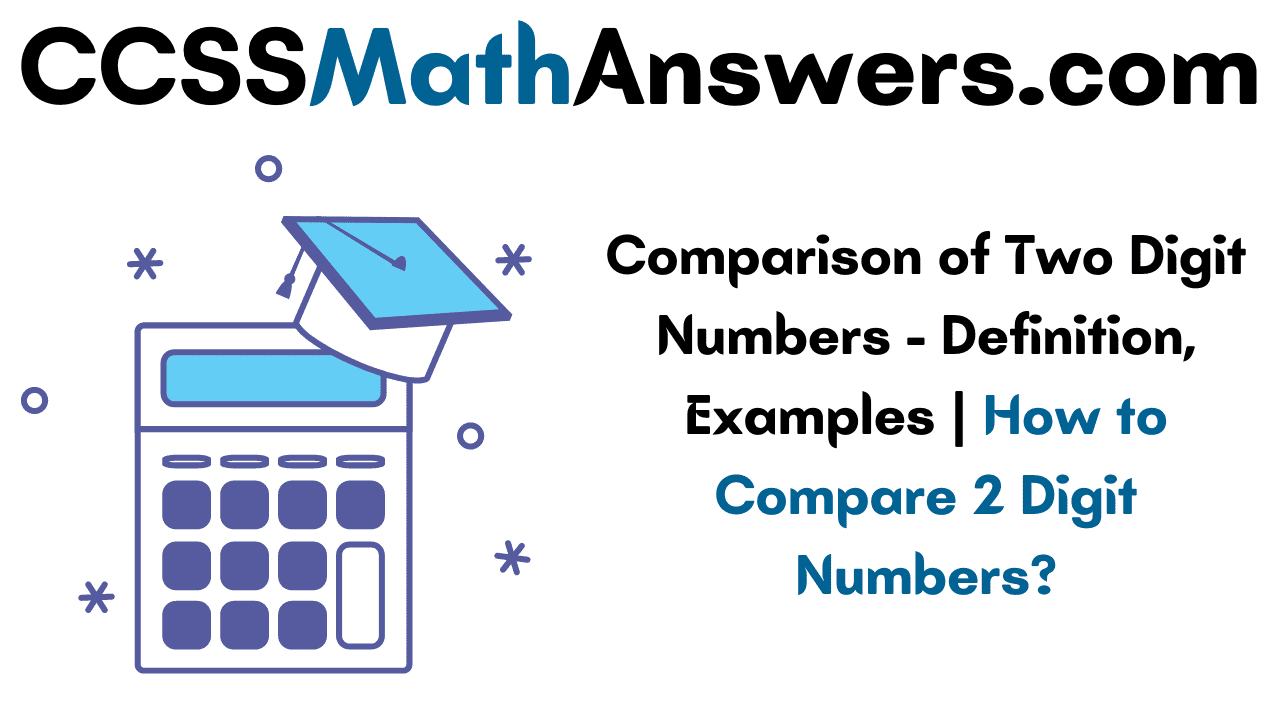


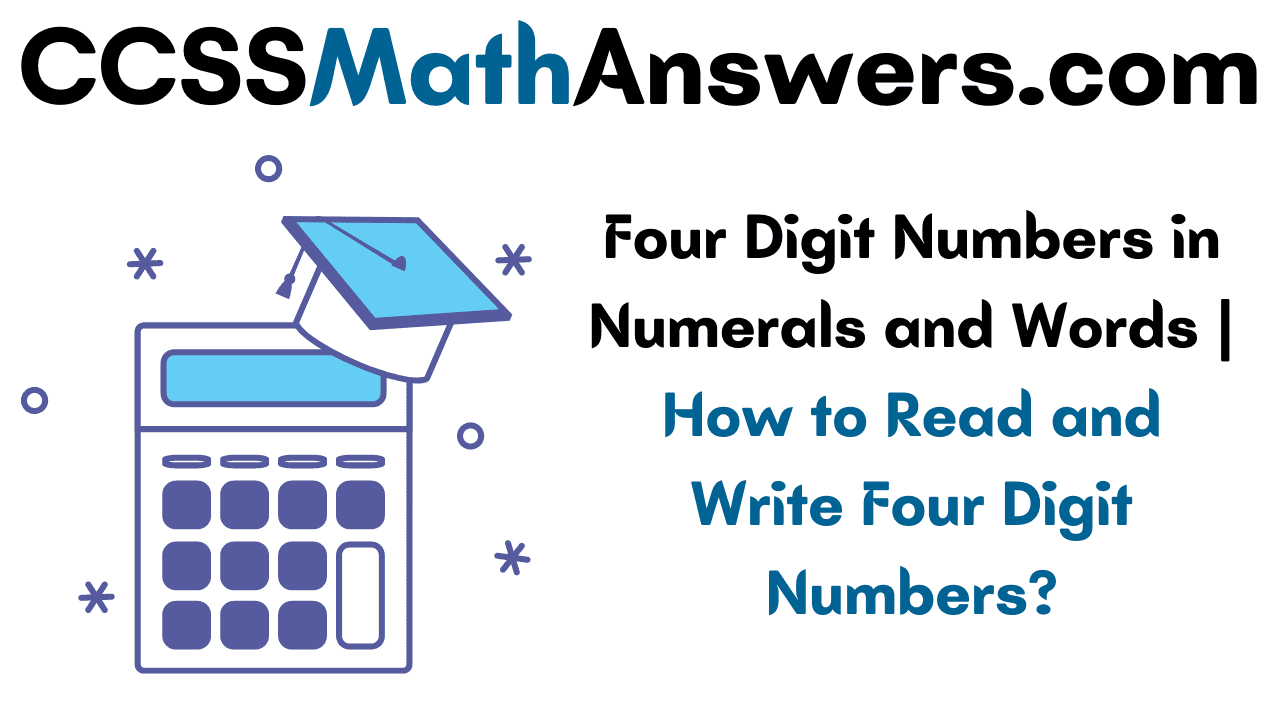
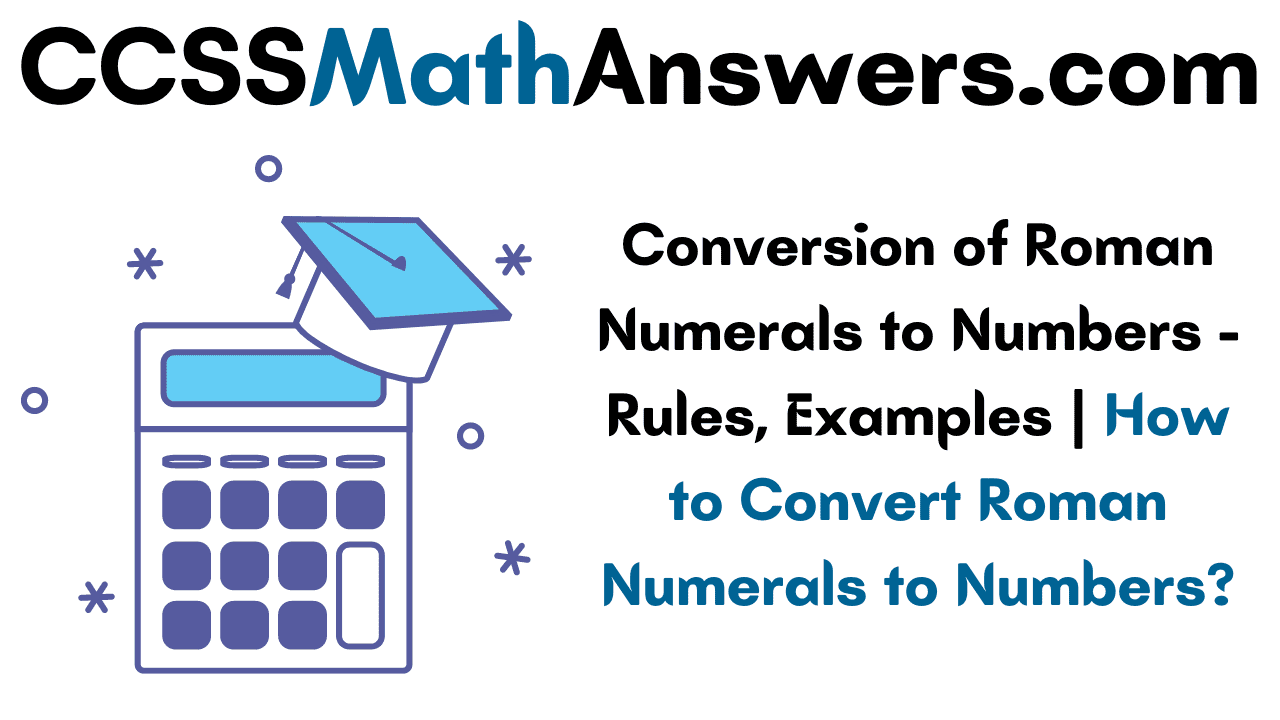
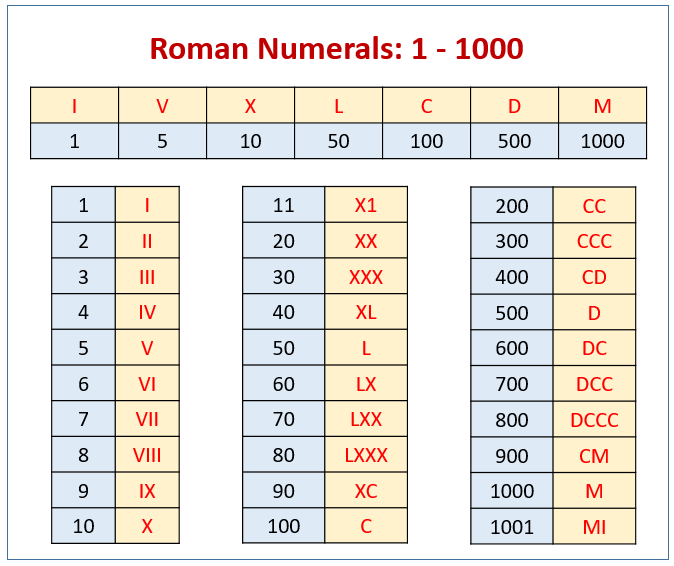


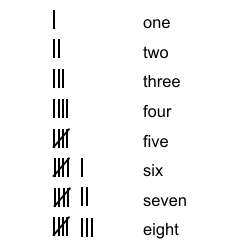
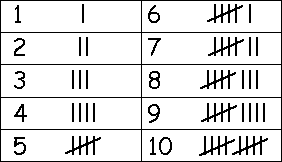


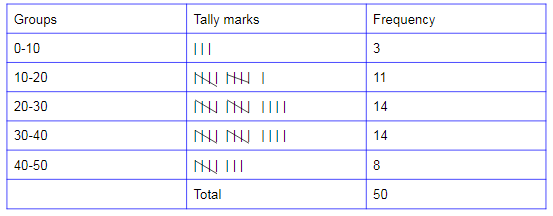
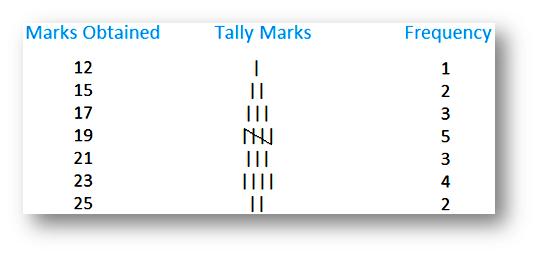
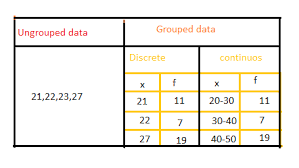
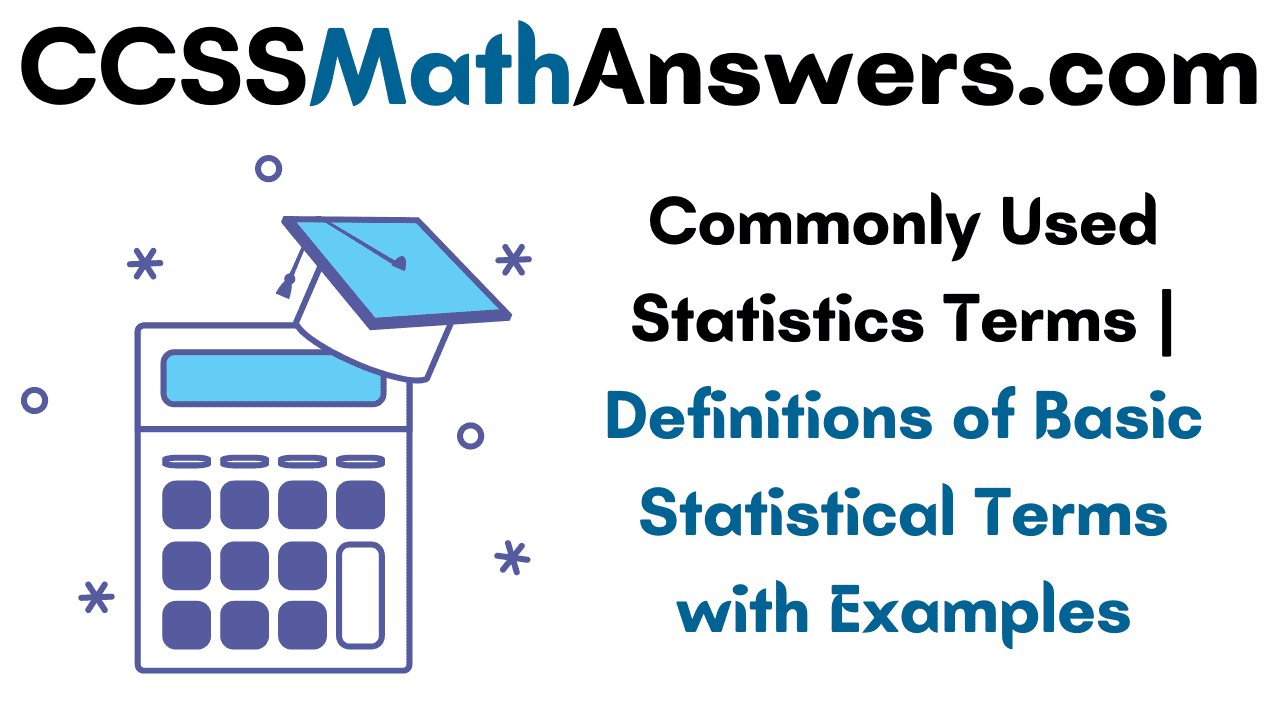
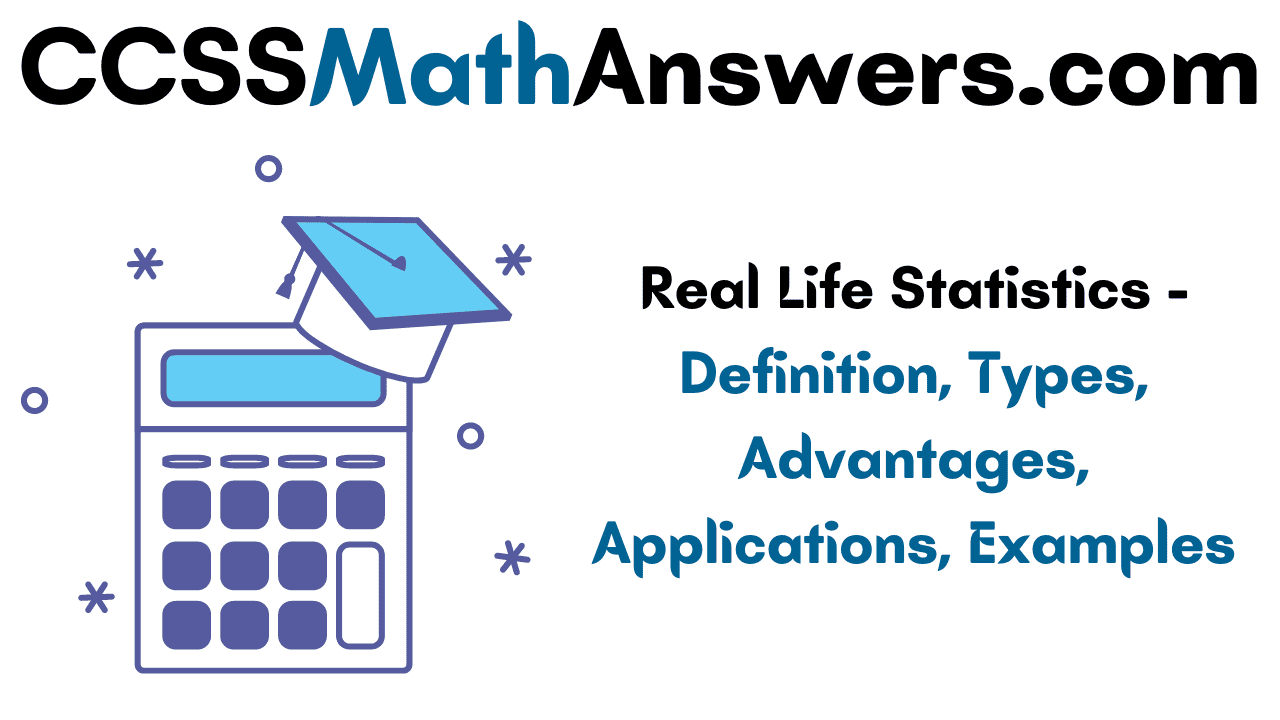
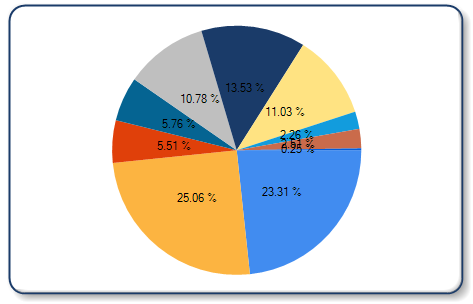
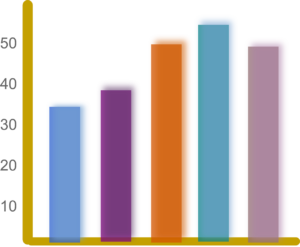
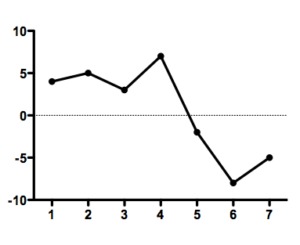 Pictogram: A Pictogram is one of the simplest and most popular forms of data visualization out there. Also known as “pictographs”, “icon charts”, “picture charts”, and “pictorial unit charts”, pictograms use a series of repeated icons to visualize simple data.
Pictogram: A Pictogram is one of the simplest and most popular forms of data visualization out there. Also known as “pictographs”, “icon charts”, “picture charts”, and “pictorial unit charts”, pictograms use a series of repeated icons to visualize simple data.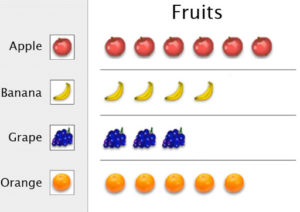 Histogram: A histogram is a display that indicates the frequency of specified ranges of continuous data values on a graph in the form of immediately adjacent bars. Interval is a range of data in a data set. The different types of a histogram are uniform histogram, symmetric histogram, bimodal histogram, probability histogram.
Histogram: A histogram is a display that indicates the frequency of specified ranges of continuous data values on a graph in the form of immediately adjacent bars. Interval is a range of data in a data set. The different types of a histogram are uniform histogram, symmetric histogram, bimodal histogram, probability histogram.